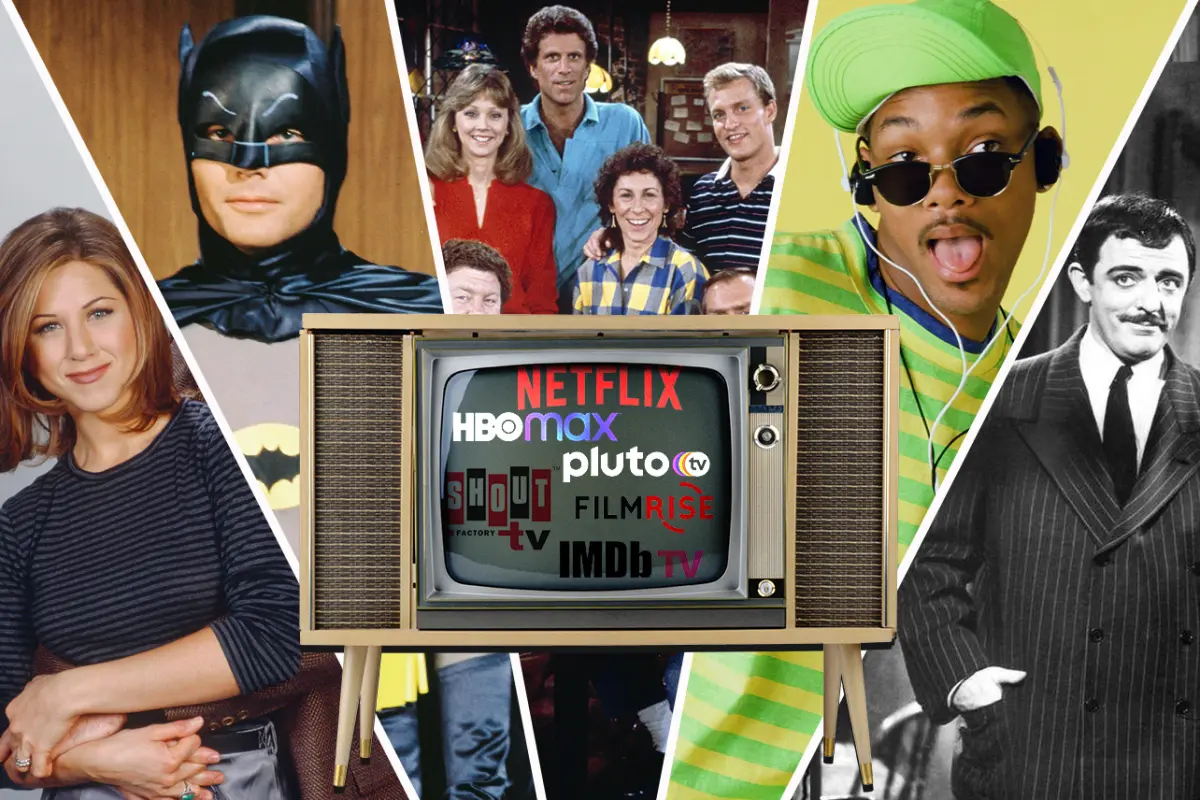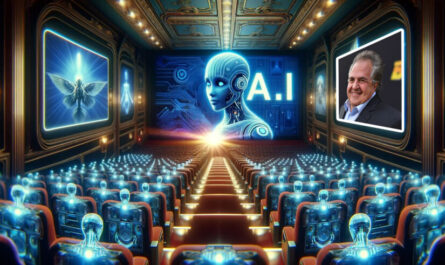In recent years, television networks and streaming platforms have been revisiting and reviving classic TV shows, with many old favorites returning to the small screen. From reboots of Friends and The Fresh Prince of Bel-Air to continuations like Gilmore Girls and Fuller House, there’s been a surge in remakes, reboots, and sequels. This trend has sparked a debate among audiences and critics alike: is this revival of classic TV shows driven by nostalgia, or is it a result of a lack of original creativity in the entertainment industry?
Nostalgia: A Powerful Draw for Audiences
One of the main driving forces behind the resurgence of classic TV shows is the power of nostalgia. For many, these shows represent a simpler time, often associated with childhood or a particular cultural moment. Reboots like The Wonder Years and Saved by the Bell tap into this nostalgia, evoking memories of beloved characters, memorable catchphrases, and iconic moments from the original series. Fans who grew up with these shows are drawn to the familiar faces and storylines, eager to relive their past experiences through updated versions.
Nostalgia can be a strong emotional connection, so networks and streaming platforms often lean into it. The familiarity of classic TV shows offers comfort, making them an easy sell to audiences who long for the days when television felt like an escape from reality. These revivals are often marketed to a specific demographic that remembers the original broadcasts, ensuring a built-in audience that is more likely to tune in. Additionally, the availability of old shows on streaming platforms makes it even easier for viewers to revisit the past, creating a cyclical pattern of renewed interest in the original content.
A Lack of Creativity or a Creative Reimagining?
On the flip side, critics argue that the ongoing revival of classic TV shows indicates a lack of creativity in the entertainment industry. Reboots and remakes often rely on established properties rather than taking risks on new and original ideas. Some argue that the abundance of revivals reflects the industry’s reluctance to develop fresh concepts in favor of playing it safe with tried-and-true formulas. By revisiting classic shows, networks and streaming platforms are betting on existing fan bases and recognizable content rather than fostering new creative voices and original storytelling.
However, others view these revivals not as a lack of creativity but as a creative reimagining of older material. Some reboots bring fresh perspectives and modern updates to classic shows, exploring relevant social issues or incorporating contemporary sensibilities. For example, The Fresh Prince of Bel-Air reboot, Bel-Air, takes a dramatic approach to the original show’s premise, addressing themes like class disparity and race in a way that resonates with today’s audience. Similarly, the reboot of The Twilight Zone by Jordan Peele brought a new level of depth and cultural relevance to the classic anthology series.
In many cases, the decision to revive a show isn’t necessarily about a lack of original ideas but about giving new life to content that still holds value in modern society. Reboots and remakes can introduce classic shows to a new generation while offering old fans a chance to reconnect with familiar characters and stories in a new light.
The Risk of Over-Saturation
Despite the potential for creative reinvention, there is a risk of over-saturation. With so many classic shows being revived, audiences may tire of the constant reboots and remakes. When done poorly, these revivals can feel like cash grabs rather than genuine creative efforts, leaving fans disappointed. This has led to some skepticism around the quality of reboots and revivals, especially when they fail to capture the magic of the original series.
Conclusion: A Balance Between Nostalgia and Innovation
The revival of classic TV shows is undoubtedly a complex trend, driven by both the power of nostalgia and the desire for creative reimaginings. While some may view it as a sign of creative stagnation in the entertainment industry, others see it as a way to refresh and recontextualize beloved stories for new audiences. Whether it’s a nostalgia-driven cash grab or a thoughtful, innovative reinvention, one thing is clear: the revival of classic TV shows isn’t going away anytime soon. The key to success lies in finding the right balance between honoring the original and offering something fresh and relevant to today’s viewers.



